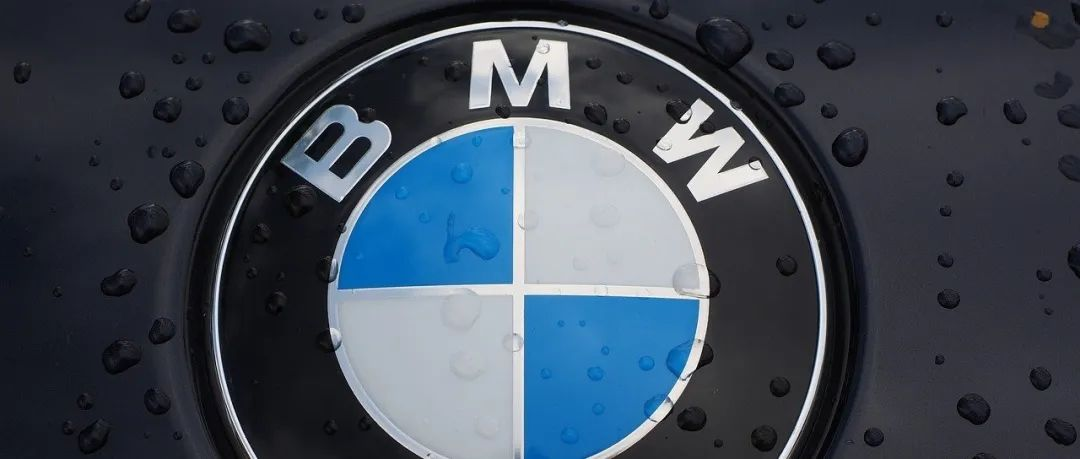BMW’s Strategy towards Electrification
Author: Zhu Yulong
BMW’s journey towards electrification has been bumpy, from the former CEO Harald Krueger to Oliver Zipse, BMW has been using a compatible platform (48V, PHEV and BEV) to meet the market’s demands. However, due to timing issues when the i brand was introduced, the team who understood electric vehicles the most left while a large number of internal combustion engine supporters remained. This led to BMW not operating an independent pure electric vehicle brand in time and slowed down the iteration of the plug-in hybrid model, limiting the overall investment towards electrification.
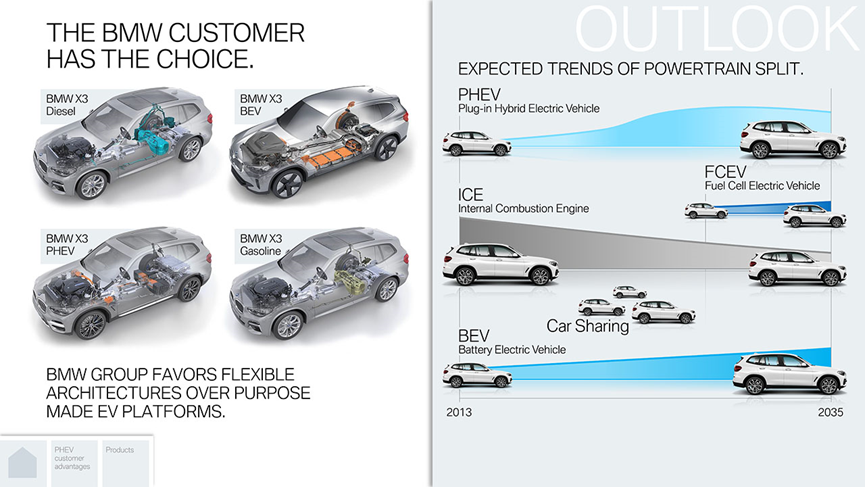
This has objectively caused the entire layout of engineers, unable to develop around BEV while retaining the design of 48V, and made the battery system of all PHEVs transform into Transformers.

i3 and i7
This year is a big year for BMW’s electrification products. In China, the new i3 has been launched, followed by the i7, and there will also be the iX1 in the future. This means that:
- Small cars: Mini BEV and upcoming Mini countryman BEV
- Sedans: China’s new i3, global i4, global i7, and i5 joining in 2023
- SUVs: iX3, iX, and upcoming iX1
However, there are indeed significant contradictions in the entire battle. These models are all modified from fossil fuel vehicles, and when selling pure electric versions, they still need to be compatible with the 48V fossil fuel version and the plug-in hybrid version in structure. In Q1 of 2022, the company’s overall sales volume was 596,907, a 6% decrease compared to the same period last year. The sales volume of new energy vehicles was 89,669 units, only a 27.6% increase compared to the same period last year. Due to a chip shortage, BMW is gradually reducing the quantity of plug-in hybrids and shifting its focus and resources to pure electric vehicles. Among the numbers that can be mentioned, the total sales of pure electric vehicles (BMW and MINI) reached 35,289 units, an increase of 149% compared to the same period last year, but it still feels like it can’t catch up with Tesla’s performance (305,407).
Looking at the battery configuration, currently there are mainly two types:
-
Short stacked cells in pairs: The energy capacity ranges from 70 kWh to 83.9 kWh.
-
High-voltage battery cells grouped in pairs: energy capacity ranges from 76.6 kWh to 107.8 kWh and 111.5 kWh.
-
Wide-format battery cells grouped individually: capacity of 70 kWh.
Note: It’s my understanding that the new i3 uses the pack from the i4, but I may be mistaken. The Chinese version still uses the wide-format battery cells directly.
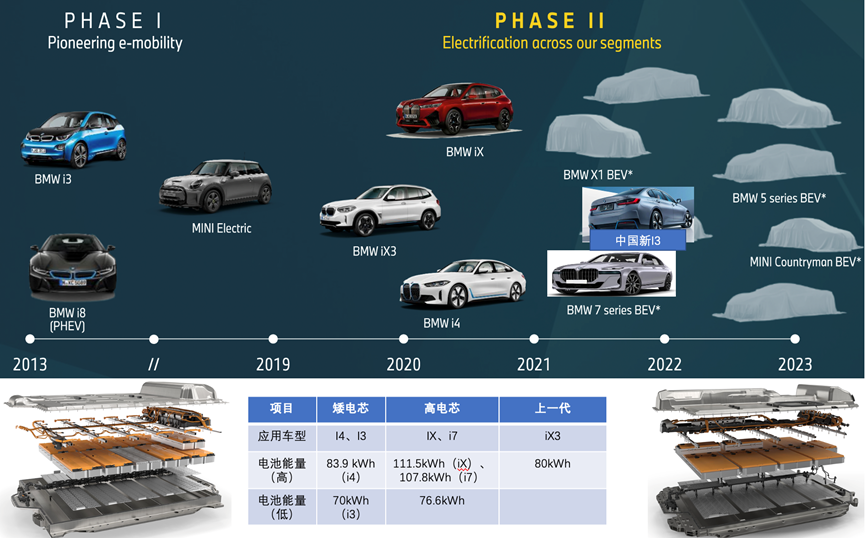
The battery system in the i7 is basically the same as in the iX, with the difference being two protruding mini-modules. However, considering the total number of vehicles, which is approximately 35,000 per quarter and will continue to increase to about 180,000 per year, this purchasing quantity will be split among SDI, CATL, and later Northvolt and EVE Energy.

If we compare the designs of Tesla and BMW, we can measure the utilization rate of the Z-direction of the entire vehicle. The logic of everyone’s design direction for the shell-type battery is to maximize the utilization rate of the Z-direction, and thus increase the energy density of the battery by increasing the utilization rate in the Z-direction. However, there is a bottleneck in the Z-direction for the design of the shell-type module (the design that the Tab goes up). BMW has already realized the potential for fast charging power of 200-205 kW at 400V, so there is no clear direction for improvement in this area.
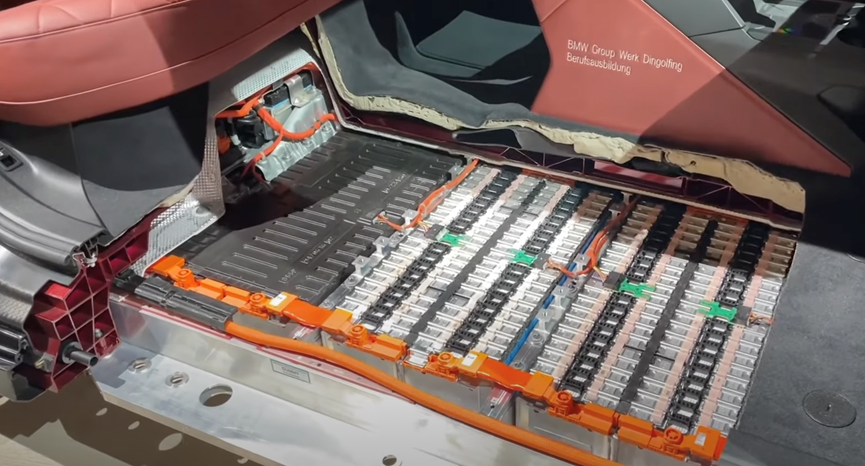
Since BMW’s fifth-generation electric motor output is achieved through a construction method that doesn’t require rare-earth materials, the main focus is on controlling the cost of the raw materials for the motor factory. However, a lot of effort has been put into improving the overall efficiency.
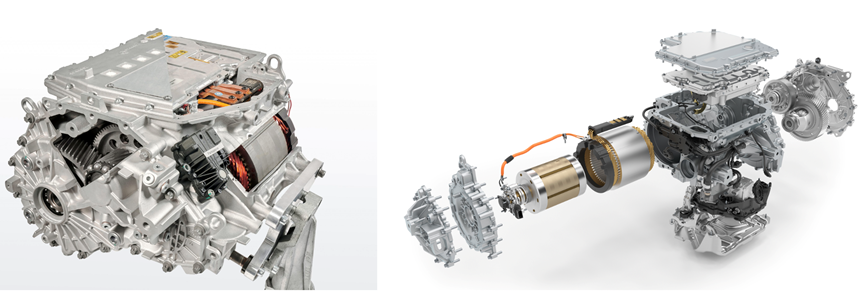 I think BMW will have a hard time with their overall strategy, as Tesla’s Model 3 and Model Y are replacing BMW and Mercedes-Benz entry-level models (3 Series and X3 gasoline cars) globally. Tesla’s goal for 2022 is to produce 1.5 million cars, which is getting close to the total production of the two German luxury car brands and squeezing their market share. BMW’s I3 and I4 models are currently trying to compete with Tesla, but they are still dragging along gasoline and hybrid vehicles. As Tesla speeds up, even new Chinese electric vehicle models are trying to keep up.
I think BMW will have a hard time with their overall strategy, as Tesla’s Model 3 and Model Y are replacing BMW and Mercedes-Benz entry-level models (3 Series and X3 gasoline cars) globally. Tesla’s goal for 2022 is to produce 1.5 million cars, which is getting close to the total production of the two German luxury car brands and squeezing their market share. BMW’s I3 and I4 models are currently trying to compete with Tesla, but they are still dragging along gasoline and hybrid vehicles. As Tesla speeds up, even new Chinese electric vehicle models are trying to keep up.
BMW’s Smart Technology
On the I7, BMW is playing with the concept of crystal, with separated headlamps, upper double L-shaped daytime running lights, lower integrated Swarovski crystal-designed headlamp modules, and various physical buttons and mood lighting decorations in the car’s interior, all made of crystal materials. Even the seat adjustment buttons on the door panel are crystal.
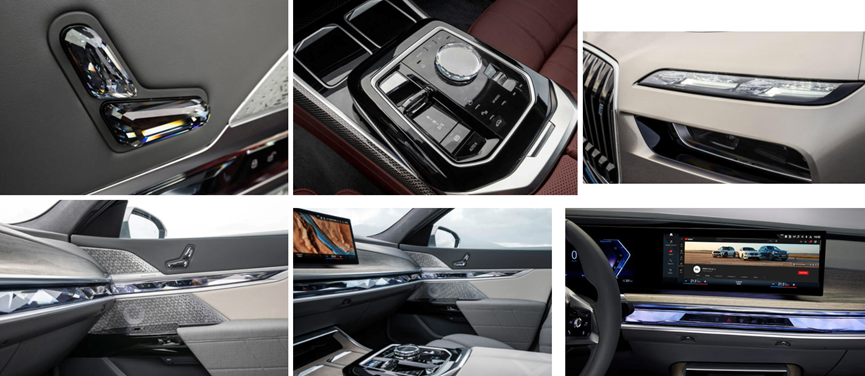
The I7 is equipped with a double-curved display with a 12.3-inch instrument panel and a 14.9-inch central control panel. “iDrive8.0” is equipped with 5G mobile network technology. Currently, the number of screens can be stacked, mainly depending on the selection of the cabin’s core chip and the interactive design of the entire software system. There is not much information released about chip selection, although it is not the highlight.

At CES, a 31-inch giant screen was displayed, equipped with the BMW cinema mode entertainment system with 8K resolution and 5G support. This is actually in line with the needs of business people in the back seat. The rear entertainment control panel is integrated on the door handle, which is easier than matching with the phone. According to overseas promotions, this system is equipped with a overseas entertainment and audiovisual ecological system.
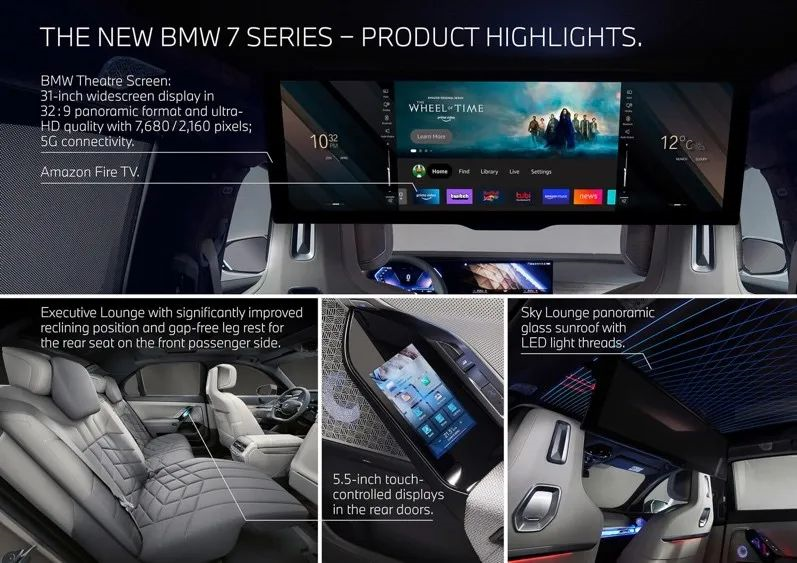
Overall, we still don’t know to what extent BMW’s intelligent driving and cabin systems can achieve. This is a compatible system, which may better meet the needs of 7 Series gasoline car users, but seen in the context of electric vehicles, it may not be particularly novel.Summary: Personally, I think Ford’s approach is acceptable, allowing fuel-powered cars and electric cars to run independently. The consideration for fuel-powered cars is at most HEV and PHEV, and this model may be based on practical logic. Currently, BMW has invested a lot, but looking at just the i7 car might not be particularly special. However, the update of the cockpit and autonomous driving system for fuel-powered cars is better, combining with what we have seen before about BMW’s system selection, the approach may not be proactive enough compared to Mercedes, which may have chosen a less favorable path.
This article is a translation by ChatGPT of a Chinese report from 42HOW. If you have any questions about it, please email bd@42how.com.
